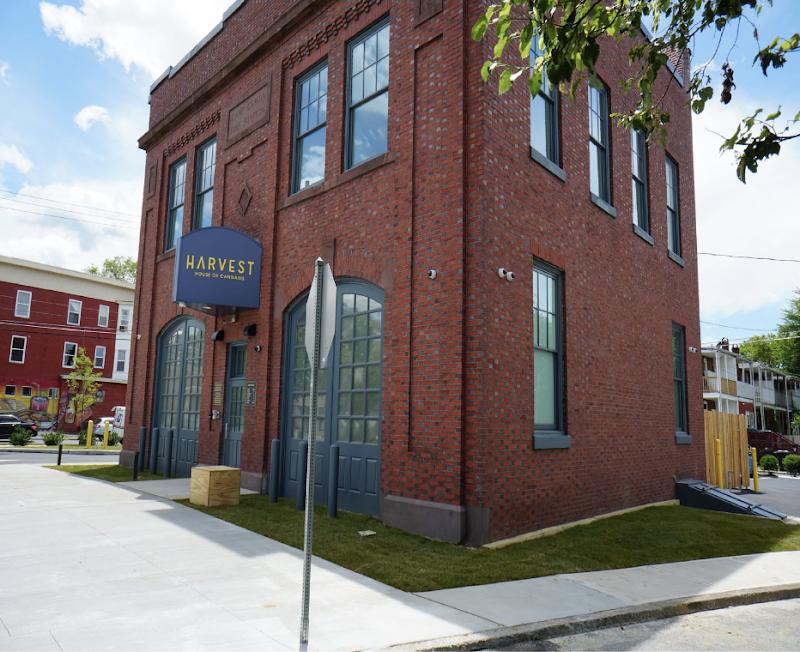

In contrast, the 2017 wine grape harvest was worth $580 million across nearly 60,000 acres. In Sonoma County, just under 20 acres of cannabis worth about $34 million is being harvested lawfully through the agricultural department or with temporary county authorization for certain operators. “When I look at this, I think about the brand we’re building,” said Pearson who oversees one of the largest legally operating cannabis farms in Sonoma County. Both are being produced for SPARC, and Pearson said they are working with a consultant to amend the nutrient-poor soil so they can plant directly into the ground within three years. The Demeter biodynamic?-certified acre is being grown across the property from another acre of organically grown cannabis. Instead, he’s attempting to create a taste for high-end, biodynamic cannabis infused with the unique terroir of this Glen Ellen area hillside.
The earliest flowers were cut down in September and the slower-?to-ripen varietals will head to the drying sheds in early November.Ī fraction of the region’s cannabis growers, estimated in the tens of thousands, are making a run at growing cannabis openly and lawfully.Įrich Pearson, SPARC’s founder and executive director, said he could find a more affordable place to grow cannabis than this bucolic valley surrounded by regenerating forests and parcel after parcel of vineyards. Still-ripening marijuana buds are secreting their most pungent essential oils of the season - odors noxious to some, appealing to others and a sign of harvest time.

That translates to a legal outdoor harvest worth about $474 million a year, barring catastrophic crop loss and based on industry standards for yield and the current wholesale value of marijuana, about $500 a pound. Roughly 279 acres are licensed for outdoor cannabis cultivation across a five-county Northern California marijuana growing region - the Emerald Triangle counties of Mendocino, Humboldt and Trinity and lesser-known cannabis country in Sonoma and Lake counties, according to a Press Democrat analysis of state licensing and Sonoma County permitting data. Northern California’s world-renowned outdoor cannabis harvest has for generations run parallel to the wine grape harvest, drawing itinerant workers to the region and fueling a cash-based economy that has kept small towns and garden supply stores afloat. “Going forward, the harvest feels disrupted by regulatory uncertainty.” “Harvest last year was disrupted by the catastrophic fires,” said Sonoma County Supervisor Lynda Hopkins, an organic farmer who sits on an ad hoc committee helping to shape the county’s cannabis policies. The nearly 60,000-acre Nuns fire destroyed most of SPARC’s harvest last year, forcing the company to fill its shelves with cannabis grown elsewhere. Growing cannabis lawfully under the sun on the North Coast is a risky gambit for farmers, who must bear the high costs of new regulations, compete with companies growing pot in urban warehouses or larger greenhouse farms in central and southern California and confront whatever Mother Nature brings. They cut down the stalks, piled them onto carts and wheeled them to a small truck parked at the end of the row - a haul that will ultimately end up on the shelves as flowers or infused products at SPARC’s four dispensaries in Sonoma and San Francisco counties. The pungent smell of cannabis planted on this west-facing hillside in the Sonoma Valley mixed with the odors of damp volcanic soil, aromatic pine and cattle musk from a herd watching over a calf crying for its mother.Ī five-person farm crew cut down the plastic trellis holding up marijuana stalks laden with dense colas of Purple Punch, among the earliest flowers to ripen at this nearly 700-plant, one-acre biodynamic cannabis plot run by Terra Luna Farms in Glen Ellen.


 0 kommentar(er)
0 kommentar(er)
